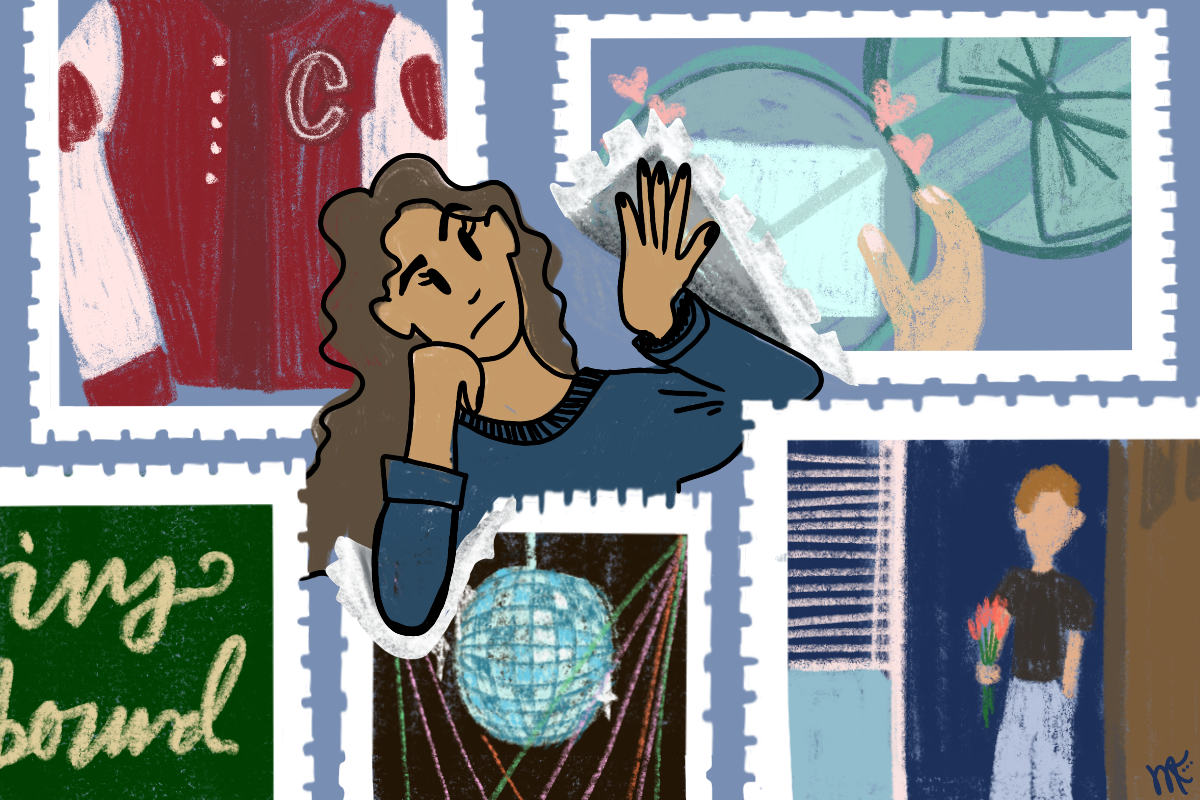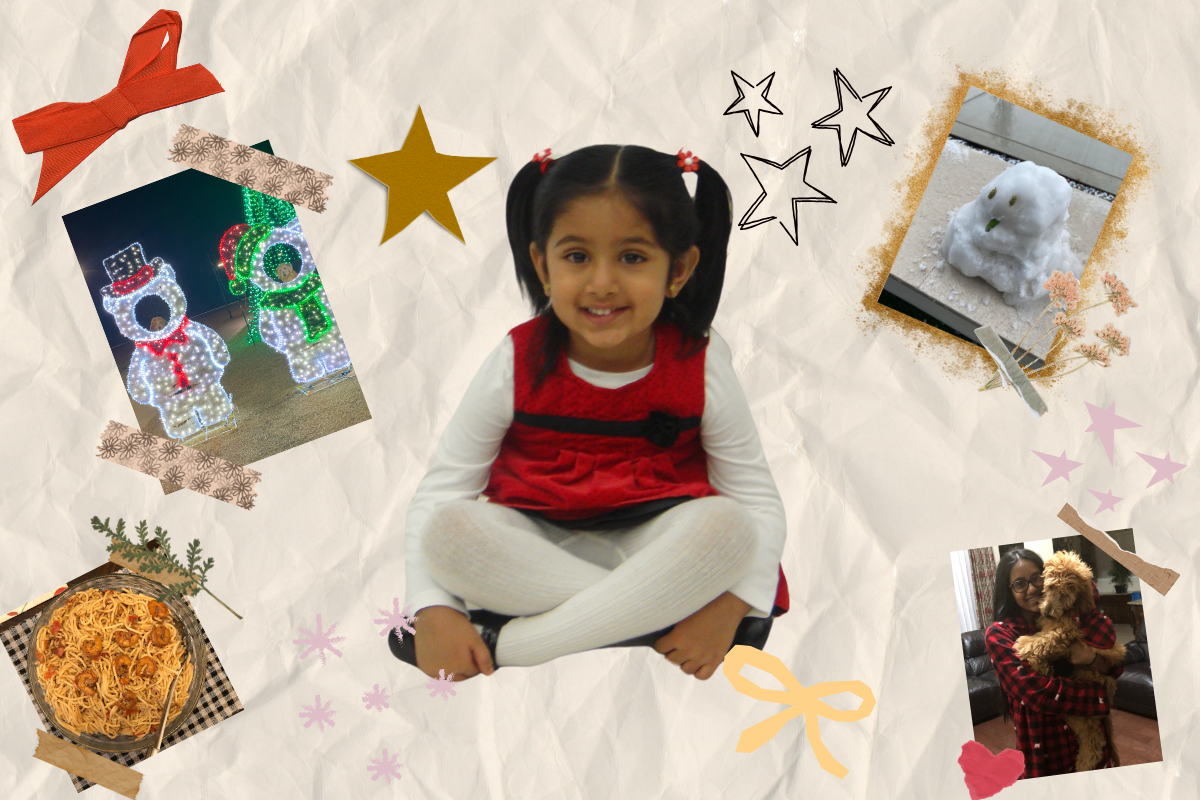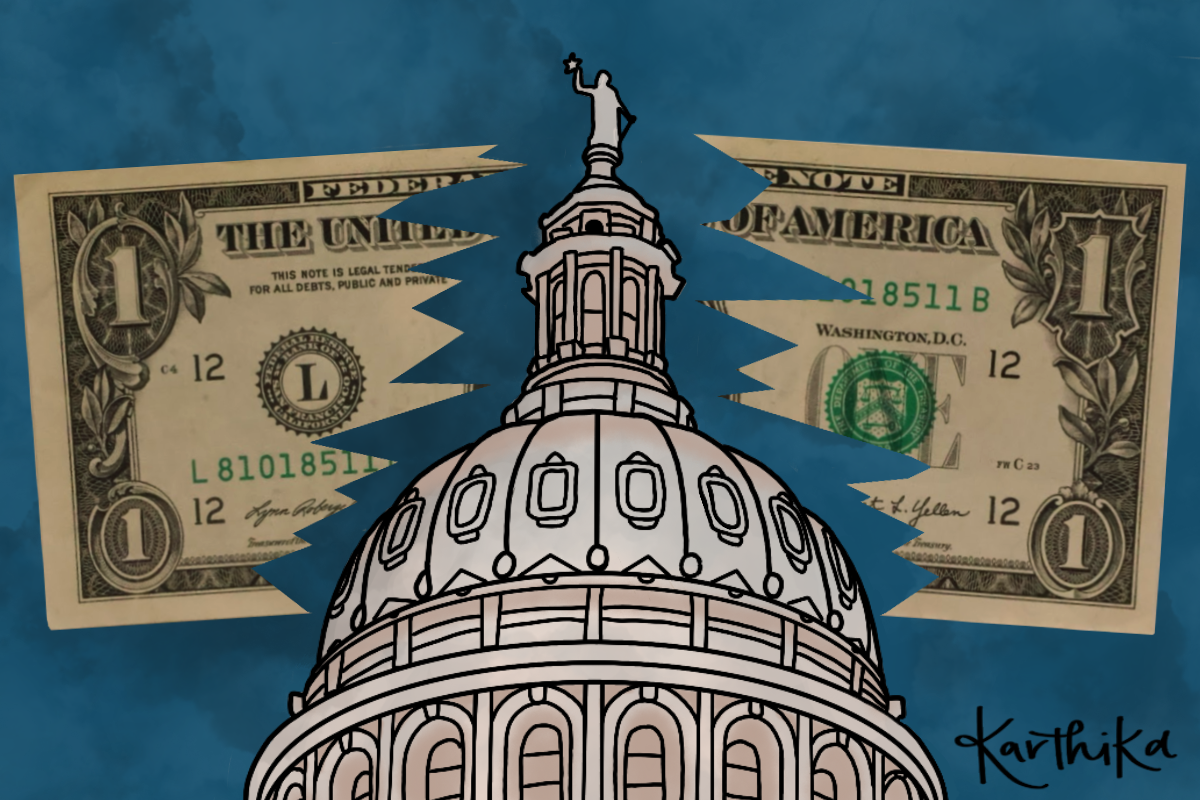
By Jordan Bickham
Staff Writer
SAN ANTONIO – High School journalists from all over the country fill the Henry B. Gonzalez Convention center’s ballroom, listening intently to Pulitzer Prize winning photographer Rodolfo Gonzalez.
Gonzalez, a San Antonio native who currently works for the Austin American-Statesman, provides unique insight to the world of photojournalism by displaying some of his greatest photographs from the 1999 Columbine High School shootings and from what he calls “Chasing Hope.”
Although the moment is supposed to be centered on Gonzalez’s presentation, the audience has its attention focused elsewhere. Instead of awing at his photos, students are busy complaining about the photographers surrounding him on every side. Gonzalez began his presentation about photojournalism ethics and the importance of taking the perfect shot, but soon after, students already began going against his advice.
Being a photographer himself, Gonzalez acknowledges the photographers in the audience from the very beginning, allowing them to go wherever they need in order to obtain the perfect photo. But this freedom causes dozens of photographers throughout the room to go to extremes and push boundaries by standing up close and next to Gonzalez, taking photos of his computer screen and even taking “selfies” (a quick self camera shot on your iPhone) with the prize winning photographer himself as the audience watches with disbelief.
But, even after his presentation and the invasion of photographers, Gonzalez still holds true to what he had announced towards the beginning of his speech.
“I invited everybody up and they took advantage of that. That is wonderful,” Gonzalez said. “That is what you can do with a camera, you can get into people’s personal space.”
While Gonzalez supports the photographers’ efforts to find the perfect moment, many members of the audience disagreed with his view on the situation, discussing how annoying and distracting the photographers were throughout his presentation.
One photographer from Columbia, Mo. stands out in particular to the audience as she stood less than an arm’s length away next to Gonzalez throughout most of his presentation, hardly taking photos and simply distracting from his message. She later even sat down directly behind him, proving just how much Gonzalez was able to take from the photographers.
Another girl from the audience even asked a question of Gonzalez, a question that was pointed towards photographers invading his personal space. She asked him how to not be distracting while taking photos of an event, aimed directly towards those distracting from Gonzalez’s advice. Gonzalez responded, saying to enter quietly, get into position and to be ready to take the perfect photos, nothing similar to what the photographers around him were following.
While it is understandable that photographers around the stage want to capture moments from this unique opportunity, they needed to understand boundaries. Yes, photojournalism can involve getting into people’s personal space, but there is still a point where the invasion becomes extreme.
In the case of the paparazzi-like photographers taking photos of Gonzalez from every physically possible angle, they proved to the audience that there are boundaries that can be crossed in photojournalism.








